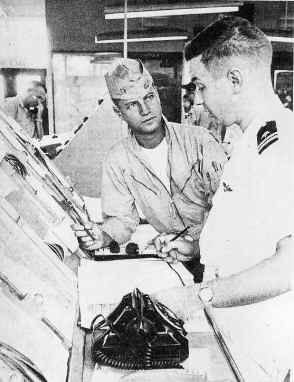 Lt. F.E. Horn (left) flight meteorolgist, gets latest weather information from Lt. R.O.
Schwartz in the Sangley Point Naval Station weather office before taking off on typhoon tracking flight.
Lt. F.E. Horn (left) flight meteorolgist, gets latest weather information from Lt. R.O.
Schwartz in the Sangley Point Naval Station weather office before taking off on typhoon tracking flight.
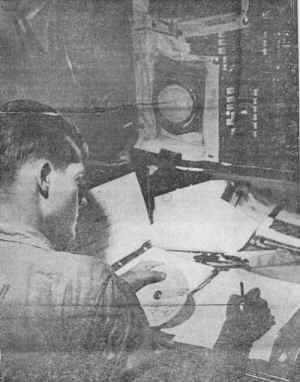 ENLISTED WEATHERMAN COMPUTES SEA-LEVEL PRESSURE AS PLANE NEARS STORM CENTER
ENLISTED WEATHERMAN COMPUTES SEA-LEVEL PRESSURE AS PLANE NEARS STORM CENTER
The big Navy weather reconnaissance plane pitches and rolls as it flies into the eye of a powerful typhoon churning through the Pacific.
Aboard the plane, Navy weathermen methodically plot the course and force of the gigantic storm and radio their information to the nearest ground station.
The information is relayed to Fleet Weather Central and Joint Typhoon Warning Center (FWC/JTWC) on Guam and passed to all ships and planes of the U.S. Seventh Fleet.
If the storm is a threat, Navy ships change course and planes alter flight plans to avoid the damaging winds and rough seas that accompany a typhoon.
The big plane, a Warning Star, is from the Navy's Guam based Airborne Early Warning Sq. 1 (VW-1). In 1964, VW-1 flew 54 percent of the western Pacific weather flights and has tracked close 90 typhoons since 1961.
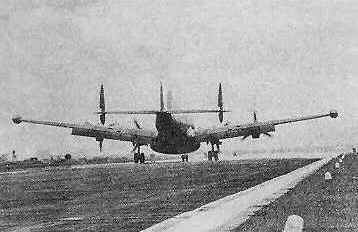 VW-1 WARNING STAR TAKES OFF FROM SANGLEY POINT, P.I. TO CHECK ON STORM BREWING IN
PACIFIC.
VW-1 WARNING STAR TAKES OFF FROM SANGLEY POINT, P.I. TO CHECK ON STORM BREWING IN
PACIFIC.
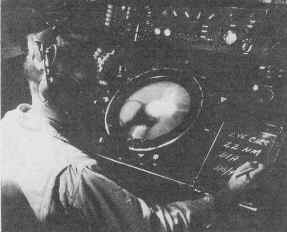 AS THE WEATHER PLANE FLIES INTO THE STORM A RADAR WEATHERMAN MEASURES EYE OF THE TROPICAL
STORM
AS THE WEATHER PLANE FLIES INTO THE STORM A RADAR WEATHERMAN MEASURES EYE OF THE TROPICAL
STORM
The squadron won the U.S. Naval Weather Service Outstanding Weather Service Award for 1962 and 1963 and has been nominated for the 1964 award.
Six crews of 23 men, including a meteorological officer and two enlisted weather specialists on each crew, are available to fly weather flights for the U.S. Seventh Fleet at any time.
They operate over a 30 million square mile expanse runs from the international dateline to the Indian Ocean and from the Equator to the Bering Sea.
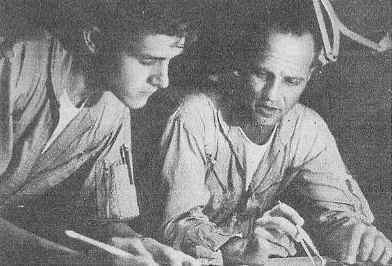 AEROGRAPHERS'S MATE/3C R. ROWAN AND HORN DRAFT A REPORT ON THE STORMS MOVEMENT.
AEROGRAPHERS'S MATE/3C R. ROWAN AND HORN DRAFT A REPORT ON THE STORMS MOVEMENT.
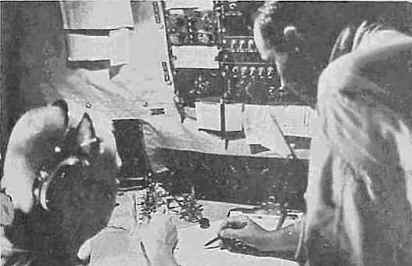 INFORMATION ON THE STORM IS RADIOED AT SIX-HOUR INTERVALS TO GROUND STATION.
INFORMATION ON THE STORM IS RADIOED AT SIX-HOUR INTERVALS TO GROUND STATION.
VW-1 planes operate out of Japan, Okinawa, Taiwan, the Philippines and Guam.
The Warning Star is loaded with sensitive radar and can stay airborne for 20 hours and can make two fixes on a storm - six hours apart - on a single mission.
"The force of a typhoon is inconceivable," said Lt. F. E. Horn, one of the squadrons seven meteorological officers. "A wrong step and a severe typhoon could turn our plane upside down and beat it to pieces before we knew what was happening."

